Whiskey, X-Ray, Yankee, Zulu
Published on July 31st, 2019
While tropical storms are possible at any time of the year, North America is approaching the meat of the Pacific hurricane season (May 15 to Nov 30) and the Atlantic hurricane season (Jun 1 to Nov 30).
When storms approach harbors, the US Coast Guard has a warning system to announce port conditions:
• Condition Whiskey (IV): The ALERT condition in which winds above 39 mph are expected within 72 hours.
• Condition X-Ray (III): The READINESS condition in which winds above 39 mph are expected within 48 hours.
• Condition Yankee (II): The WARNING condition in which winds above 39 mph are expected within 24 hours.
• Condition Zulu (I): The DANGER condition in which winds above 39 mph are expected within 12 hours and until the storm has passed and is no longer a threat.
The public is also reminded of these important safety messages:
Stay off the water.
When hurricane or tropical storm force winds are present stay off the water. The Coast Guard’s search and rescue capabilities degrade as storm conditions strengthen. This may delay help.
Boaters should heed weather watches, warnings, and small craft advisories. Evacuate as necessary. Coast Guard personnel and other emergency responders may not be able to evacuate or rescue those in danger until after the storm has passed.
Secure belongings.
Owners of large boats are urged to move their vessels to inland marinas where they may be less vulnerable to breaking free of moorings or causing significant damage. Trailer-able boats should be pulled from the water and stored in a place that is not prone to flooding.
Those who are leaving their boats in the water are reminded to update Emergency Position Indicating Radio Beacon (EPIRB) registration and secure them safely to the vessel before a significant storm. These devices often float free from vessels in marinas or at docks during hurricanes and signal a distress when there is none.
Ensure life rings, lifejackets, and small boats are secured. These items, if not properly secured, can break free and require valuable search and rescue resources be diverted to ensure people are not in distress.
Stay clear of beaches.
Wave heights and currents typically increase before a storm makes landfall. Even the best swimmers can fall victim to the strong waves and rip currents caused by hurricanes. Swimmers should stay clear of beaches until local lifeguards and law enforcement officials say the water is safe.
Be prepared.
Area residents should develop a personal or family plan, creating a 14-day disaster supply kit to include any prescription medications, having a place to go, securing their home, and having a plan for pets. More information is available at the National Hurricane Center’s webpage.
Stay informed.
The public should monitor the progress and strength of the storm through local television, radio, and the Internet. Boaters can track its progress on VHF radio channel 16. Information is also available through small craft advisories and warnings on VHF radio channel 16.
Visit the National Hurricane Center‘s webpage for additional information: https://www.nhc.noaa.gov/


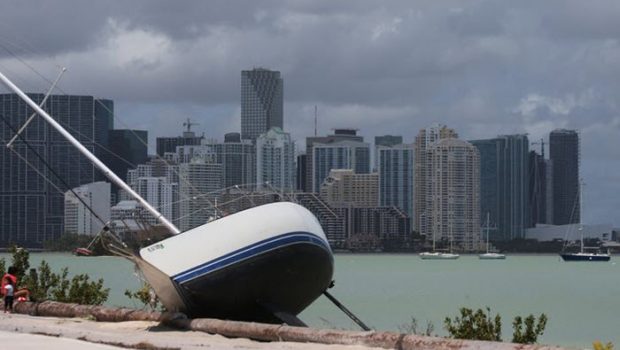


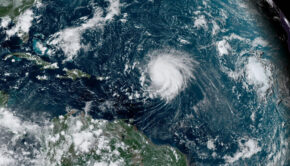
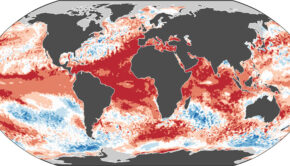
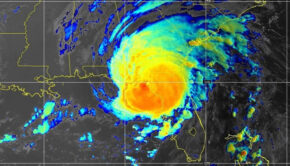
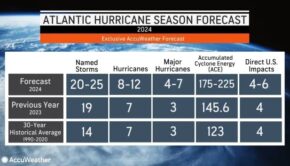
 We’ll keep your information safe.
We’ll keep your information safe.